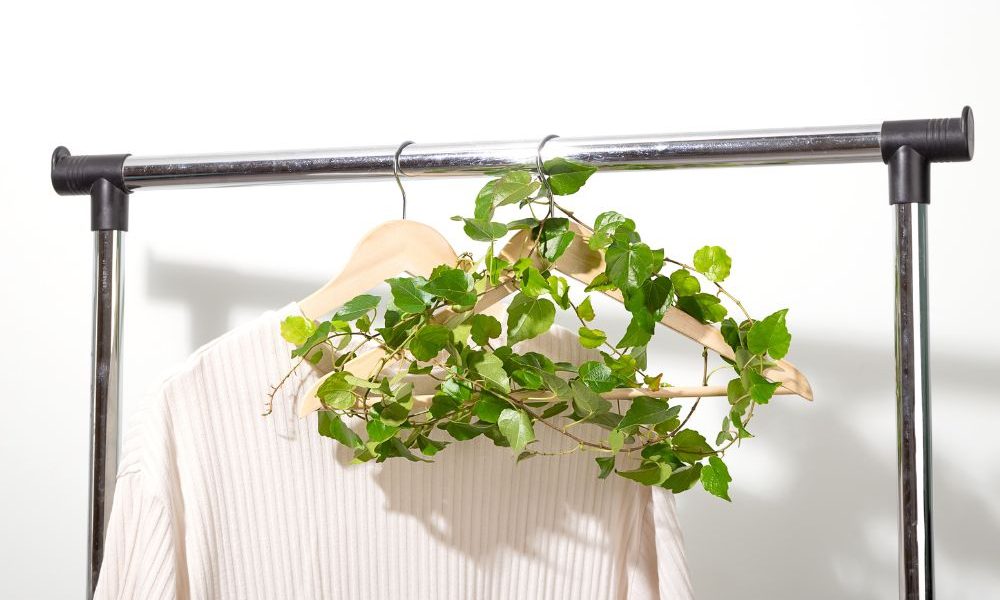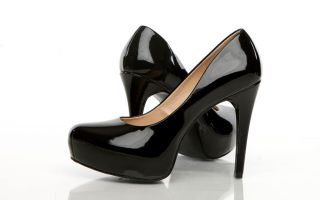Sustainable fashion has become a buzzword in the fashion industry, but what does it really mean? It’s about making choices that are better for the environment, the people who make our clothes, and ultimately, ourselves. This guide will help you understand the basics of sustainable fashion, explore its importance, and provide practical tips for making ethical and eco-friendly choices in your wardrobe.
What is Sustainable Fashion?
Defining Sustainable Fashion
Sustainable fashion refers to clothing that is designed, manufactured, distributed, and used in ways that are environmentally friendly and socially responsible. It involves a holistic approach that considers the entire lifecycle of a garment, from production to disposal.
Key Components of Sustainable Fashion
- Eco-Friendly Materials: Using organic, recycled, or biodegradable materials that reduce environmental impact.
- Ethical Production: Ensuring fair wages, safe working conditions, and respect for workers’ rights.
- Circularity: Promoting recycling, upcycling, and designing for longevity to minimize waste.
- Transparency: Providing clear information about the supply chain and production processes.
Insights from Experts
Alden Wicker, founder of EcoCult, emphasizes the ongoing nature of sustainable fashion: “Sustainable fashion is a journey, not a destination. It’s about making conscious choices, asking questions, and learning as you go. There’s no one-size-fits-all solution, so find what works for you and your lifestyle” (EcoCult).
The Environmental Impact of Fast Fashion
Fast Fashion vs. Sustainable Fashion
Fast fashion refers to the rapid production of inexpensive clothing to meet the latest trends. While it offers affordable fashion, it comes at a significant environmental and social cost.
Elizabeth Cline, journalist and author of Overdressed, points out: “Fast fashion is a race to the bottom, both in terms of price and quality. Sustainable fashion, on the other hand, is about investing in well-made pieces that will last and supporting brands that prioritize people and planet over profits” (Overdressed).
Environmental Consequences
A study published in the Journal of Cleaner Production (2018) titled “The Environmental Price of Fast Fashion” highlights the severe environmental impact of fast fashion, including water pollution, greenhouse gas emissions, and waste generated by the production and disposal of clothing.
Personal Experience with Fast Fashion
I used to buy cheap, trendy clothes frequently, only to find they wore out quickly and contributed to a cluttered wardrobe. After learning about the environmental impact of fast fashion, I decided to change my shopping habits and focus on quality over quantity.
The Social Impact of Fashion
Ethical Production
Sustainable fashion ensures that the people who make our clothes are treated fairly. This means fair wages, safe working conditions, and respect for workers’ rights.
Safia Minney, founder of People Tree, states: “Sustainable fashion is about creating a positive impact on the world. It’s about empowering workers, protecting the environment, and building a more equitable and just industry” (People Tree).
Supporting Ethical Brands
By choosing brands that are transparent about their supply chain and committed to ethical production, you can help promote fair labor practices. Look for certifications like Fair Trade, GOTS (Global Organic Textile Standard), and B Corp to identify ethical brands.
Personal Story of Supporting Ethical Brands
I discovered a small brand that focuses on handmade clothing by artisans in developing countries. The quality and craftsmanship were outstanding, and knowing my purchase supported fair wages made it even more special.
Making Eco-Friendly Choices
Choosing Sustainable Materials
Opt for clothing made from organic cotton, bamboo, hemp, recycled polyester, and Tencel. These materials are more environmentally friendly compared to conventional fabrics.
Clare Press, Sustainability Editor-at-Large for Vogue Australia, explains: “Sustainable fashion is not just about buying organic cotton t-shirts. It’s about reducing our consumption, caring for our clothes, and supporting brands that are committed to circularity and transparency” (Vogue Australia).
Tips for Buying Sustainable Fashion
- Research Brands: Look for brands that prioritize sustainability and transparency.
- Quality Over Quantity: Invest in well-made pieces that will last longer.
- Secondhand Shopping: Thrift stores, consignment shops, and online resale platforms are great places to find unique and sustainable fashion.
- Care for Your Clothes: Proper washing, repairing, and storing can extend the life of your garments.
Personal Experience with Thrift Shopping
Thrift shopping has become a fun and rewarding way for me to find unique pieces. It’s eco-friendly and often much cheaper than buying new. Plus, it feels great to give a second life to clothes.
The Future of Sustainable Fashion
Innovation and Technology
Advances in technology are opening up new possibilities for sustainable fashion. From biodegradable fabrics to 3D-printed clothing, the future looks promising.
Vanessa Friedman, Fashion Director and Chief Fashion Critic at The New York Times, says: “Technology has revolutionized the fashion industry, from the way clothes are designed and produced to how they are marketed and sold. We are now able to create garments that were once unimaginable, and reach a global audience in an instant” (The New York Times).
Collaborative Efforts
Creating a sustainable fashion system requires collaboration between designers, manufacturers, retailers, and consumers. A study titled “The Future of Sustainable Fashion: A Multi-Stakeholder Perspective” published in Sustainable Production and Consumption (2021) explores the perspectives of different stakeholders on the challenges and opportunities of creating a more sustainable fashion system.
Practical Steps for a Sustainable Wardrobe
Build a Capsule Wardrobe
A capsule wardrobe consists of a small collection of timeless, versatile pieces that can be mixed and matched. This approach reduces the need for frequent purchases and promotes mindful consumption.
DIY and Upcycling
Get creative with DIY projects and upcycling. Transform old clothes into new styles or repurpose them for different uses. This not only reduces waste but also adds a personal touch to your wardrobe.
Rent or Borrow
For special occasions, consider renting or borrowing clothes instead of buying something you’ll only wear once. There are many online platforms that offer stylish rental options.
Personal DIY Experience
I once turned an old pair of jeans into a stylish denim skirt. It was a fun project that gave new life to something I would have otherwise discarded. Upcycling has since become one of my favorite ways to refresh my wardrobe.
Conclusion
Sustainable fashion is about making thoughtful choices that benefit both people and the planet. By understanding the impact of our clothing choices and taking steps towards more sustainable practices, we can contribute to a healthier environment and a more ethical fashion industry. As Alden Wicker wisely states, “Sustainable fashion is a journey, not a destination. It’s about making conscious choices, asking questions, and learning as you go” (EcoCult). Embrace the journey and discover the joy of building a wardrobe that reflects your values and supports a better future for all.



